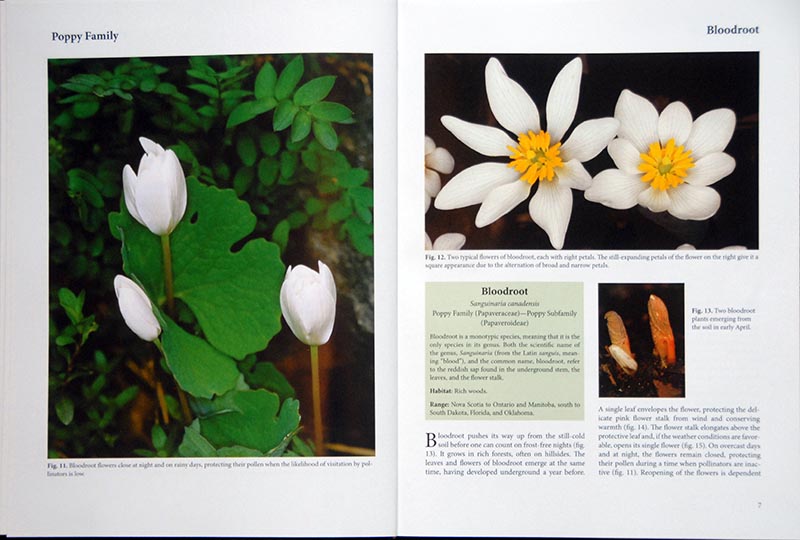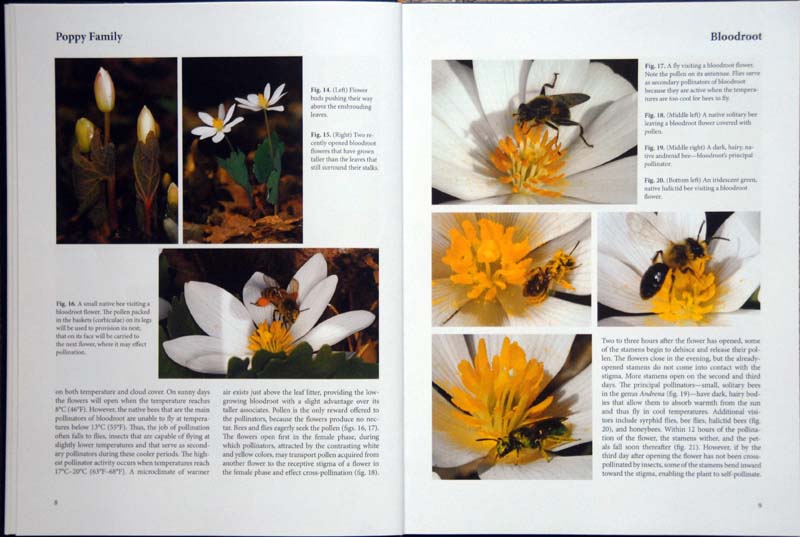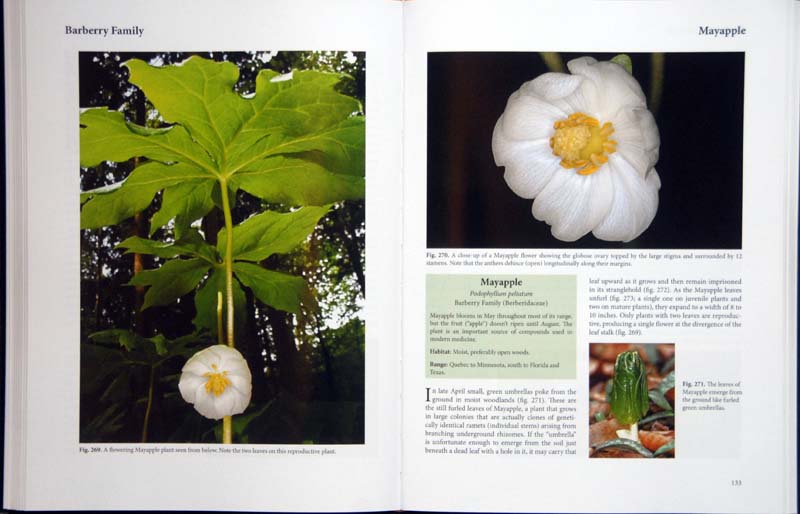Flowers – Wild and Garden!
Lavish praise, a very generous book review, can be counter-productive for there is within us all that little streak of cynicism which says it may be too good to be true. This is my predicament with Spring Wildflowers of the Northeast, A Natural History by Carol Gracie for I fear that you may be inclined to take my enchantment with the book with, so to speak, a grain of salt. With that in mind, I will continue cautiously and with all due restraint: This is a fabulous, wonderful book that I am delighted to have read and one I will return to again and again. I recommend it to you unreservedly.

Now, I understand – for the thought was my own also – that the relevance of two books on wildflowers of the northeast of America might not be immediately obvious. When my very kind contact at the publishers, Caitlyn, suggested I would enjoy this book I was surprised and said that were the books about Irish or even European wildflowers they would match my interests better. However, I agreed to both books (the other a companion on Summer Wildflowers of the Northeast) and now must compliment Caitlyn on her reader/book matching skills! She is a whizz!
As soon as I opened the book, I realised that its contents were perfectly relevant to gardeners and plant enthusiasts for entry after entry described plants which I have grown in my own garden here. It seems that the northeast of America has been the source of a great many of our garden plants: the actaeas – red and white berried species, Sanguinaria canadensis, Caulophyllum thalictroides, Stylophorum diphyllum, several Aquilegias and Dicentras, Veratrum viride, a number of Arisaemas, Cyprideums and, of course, Trilliums and Erythroniums – I haven’t even nearly come to the end of the list but enough to paint the picture: this book is perfectly relevant us at this side of the Atlantic and it would be a frightful oversight if you miss out on enjoying it.
-
-
Sanguinaria canadensis – Bloodroot: just four pages of the eight given to this entry in the book, an example of the extensive treatment each is given and the lavish level of illustration with these excellent photographs.
The book describes the woodland plants of the Northeast of America – New England, New York, New Jersey, Connecticut and adjacent Canada – and is a marvellous combination of science, culture and beauty. The entry for each plant is extensive, a dozen pages regularly, combining the results of exhaustive field work with extensive scholarly research. Each plant is given a detailed description of its form and growing habits and habitat. There are interesting notes explaining the botanical and common names, referencing links with historic people, places and events – those details which add so very much to our appreciation and enjoyment of plants, the background stories. The author has researched the ethnobotanical uses of the plant deeply referencing plant uses by the Iroquois, Huron, Ojibway and Cree Indians along with the Inuit of Alaska and related uses worldwide – though she does regularly caution against the reader to be most prudent in their use of any wild plants for medicinal purposes. Her in-depth attention to the pollination and the pollinators of the plants is one not regularly encountered and makes for the most extraordinary insights into plant life.
-
-
Another beautiful wildflower of Northeast America which is a popular garden plant on this side of the Atlantic: Podophyllum peltatum, Mayapple.
While the text makes for fascinating and engaging reading, it is extraordinary that its quality has been matched by the quality of the photography. The photographs are technical excellent, aesthetically exquisite and generously numerous with every aspect of each plant illustrated to perfection – some entries may have as many as twenty illustrating photographs, a perfect accompaniment to the text.
-
We treasure the American trilliums in our gardens and it is wonderful to read of them in the native environment. -
The Erythroniums are jewels of our gardens and of American woodlands
Eric Lamont, in the foreword, describes the book as “a personal account of one woman’s intoxicating obsession with flowering plants and their connection to the rest of the natural world”, an example of great restraint in his praise for the book is this and much, much more.
[Spring Wildflowers of the Northeast, A Natural History, Carol Gracie, Princeton University Press, Oxford, 2020, Paperback, 272 pages, £25, ISBN: 978-0-691-19953-5]
Find the book at the publishers: https://press.princeton.edu/books/paperback/9780691199535/spring-wildflowers-of-the-northeast






